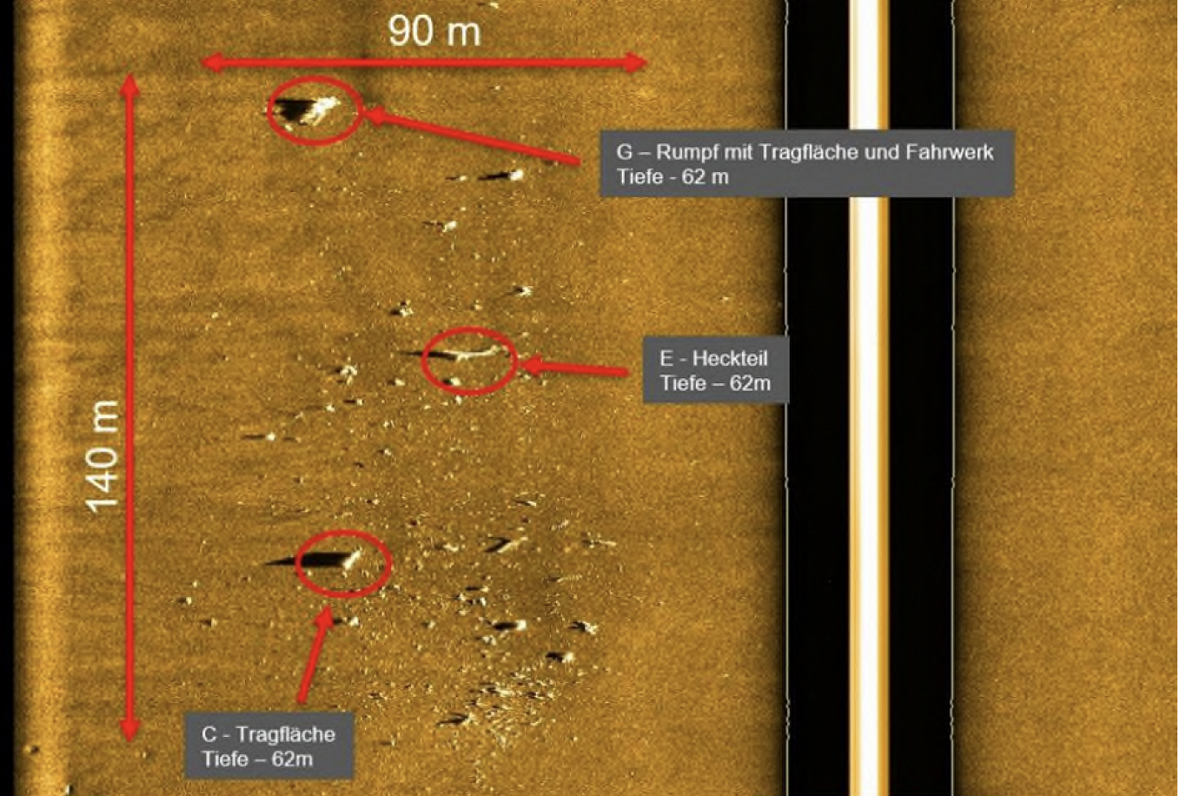A private, Austrian-registered Cessna 551 built in 1979 crashed in the Baltic Sea on Sunday, September 4, about 20 nautical miles north-west of the city of Ventspils, killing the pilot and all three passengers on board, as reported by LSM at the time. Pieces of wreckage and human remains were recovered in following days.
The plane took off from the south of Spain at 15.56 Latvian time. On its way, it changed direction twice - near Paris and Cologne - and then went across the Baltic Sea, passing the Swedish island of Gotland. At 8:37 p.m., radar recorded that the plane was rapidly losing height and speed, after which the aircraft disappeared from radar. NATO air police had scrambled and were following the plane at the time as communications had ceased.
The report into the incident concluded that the people on the plane suffered from hypoxia - insufficient amount of oxygen in the blood.
"During a private flight in accordance with instrument flight rules from Jerez, Spain, to Cologne-Bonn Airport, cabin pressure loss occurred in cruise flight which resulted in the incapacity of all persons on board. The airplane continued to fly north-east up to the coast of Latvia and subsequently crashed into the Baltic Sea," the report said.
According to the report findings, the pilot had reported problems with air conditioning and pressurization while still over Spanish airspace. However, he did not respond to subsequent communication and French fighter jets were scrambled as the plane continued to fly over France.
"The two pilots of the French fighter planes stated that they could not see any outer damage on the airplane and there were no activities on board. Photos of the airplane taken at this time were made available to the BFU for the investigation. They show an undamaged airplane and an incapacitated pilot in the left-hand seat and his oxygen mask hanging unused at its place," the report says.
Subsequently, fighter airplanes from Germany, Denmark, Sweden and NATO planes from Estonia escorted the airplane, which eventually crashed close to the Latvian coast.































